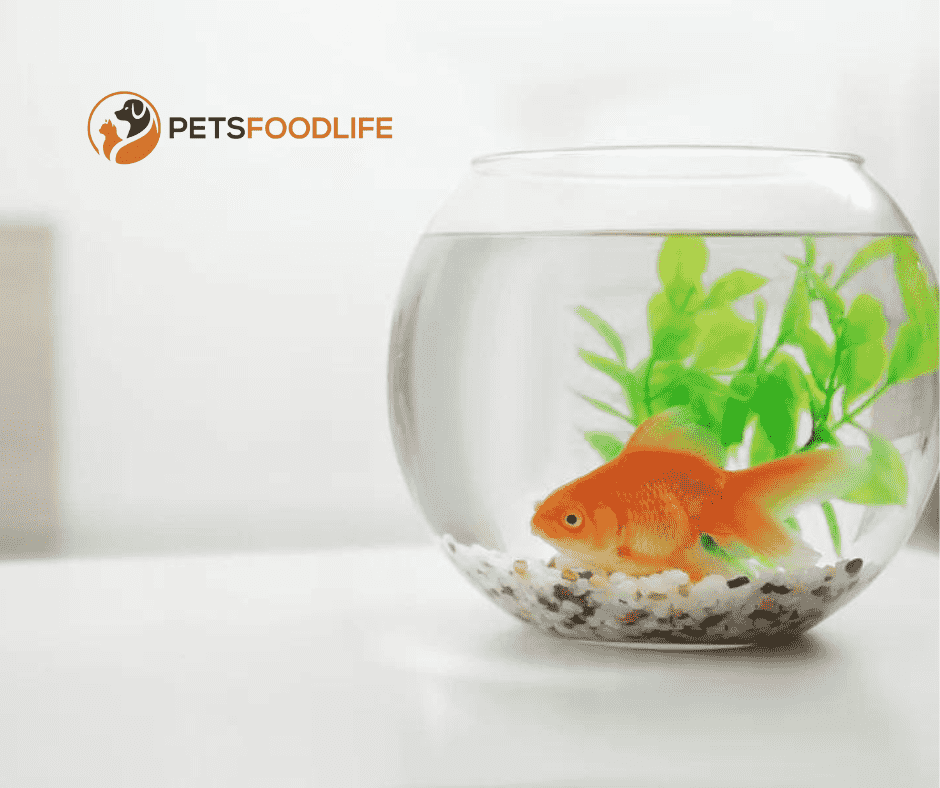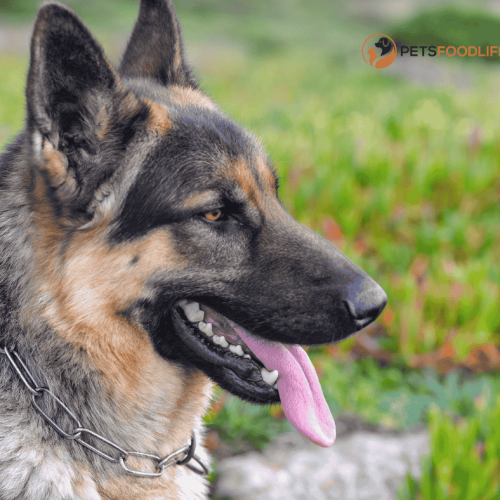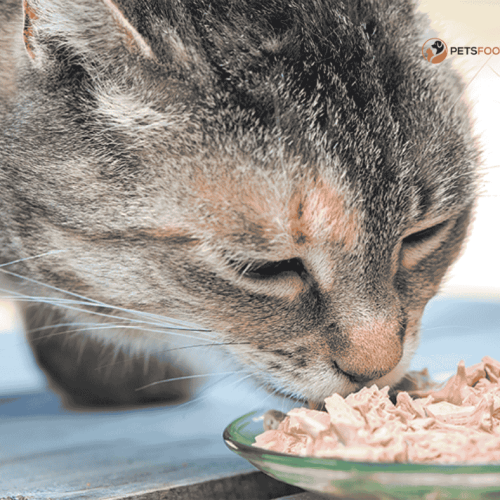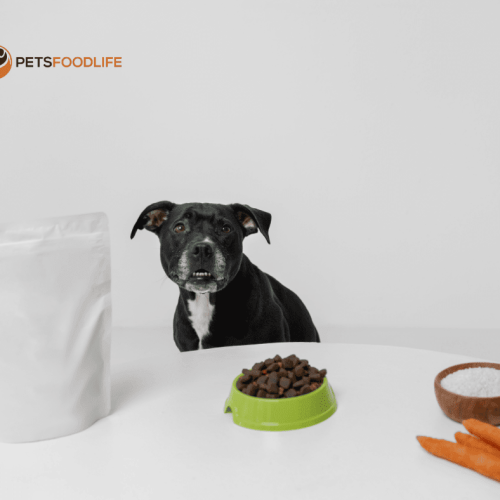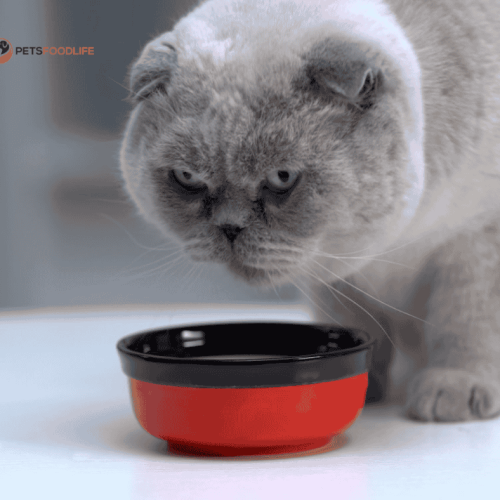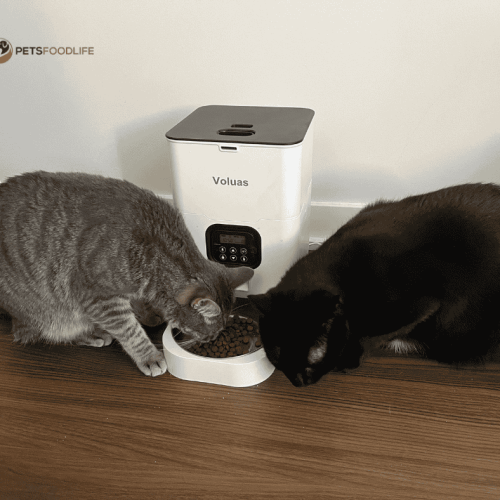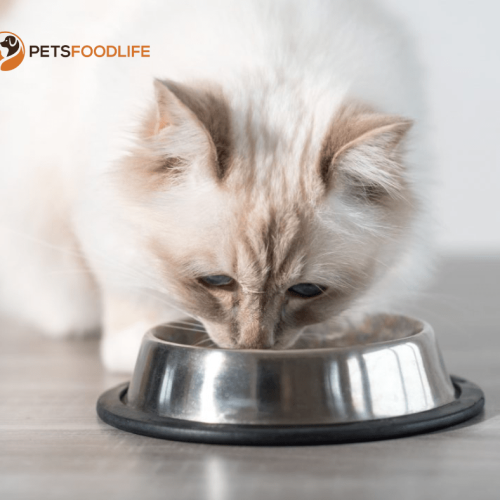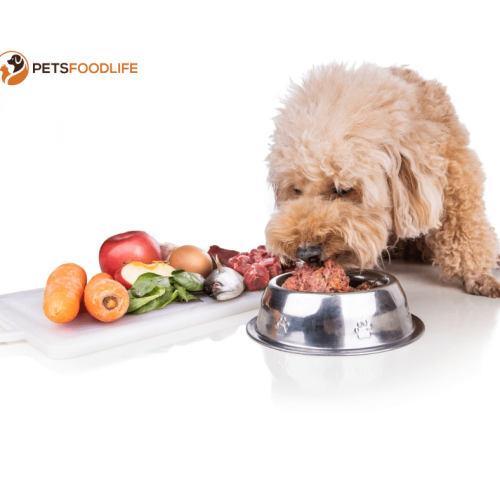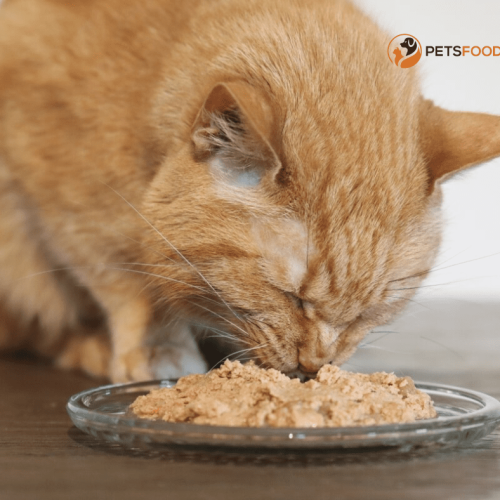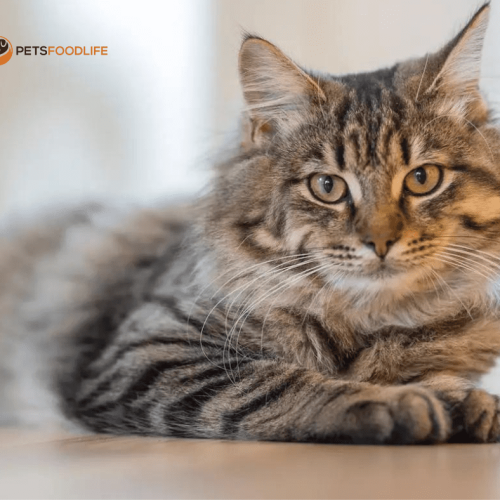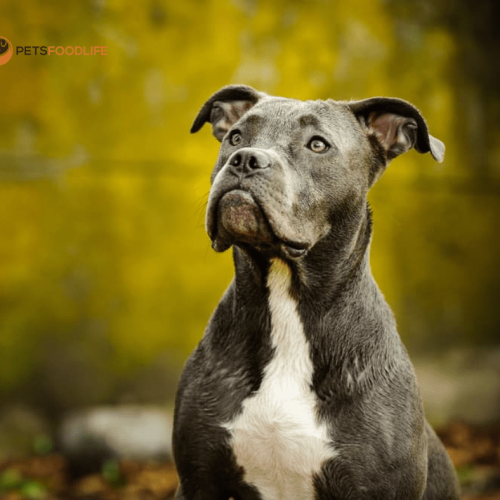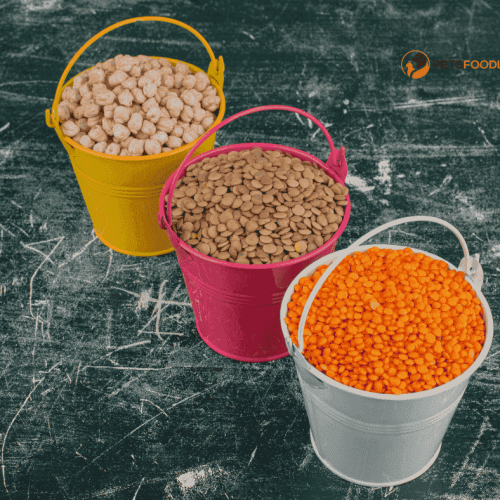The Goldfish can survive without food for up to two weeks. Regular feeding is crucial for their health and well-being.
Goldfish, as I, surely, know, are very good pet fishes, rather unpretentious, and brightly colored. Despite this, they can be a bit tricky to care for and they must have a right feeding regime. It is therefore critical to know the survival foods that goldfish can do without as a way of being good pet owners. But they can stand short-term food deficit, thus, long-term famine is stressful and detrimental to the organism.
Feedings should also be done in a balanced manner in order to have a long-lasting rabbit and full of energy. These fishes might hold their own in cases of emergencies or inadequate time absence; however, routine supervision and attention is called for. This way, they mostly get healthy and adapt well to their habitat that is mainly aquatic.
Goldfish Metabolism
Goldfish have a fast metabolism. They need frequent feeding. A balanced diet keeps them healthy. They eat small amounts many times a day. Overfeeding can harm them. Goldfish like variety in their diet. They enjoy flakes, pellets, and vegetables.
Goldfish can survive without food for several days. Their energy reserves help them. They use stored fat for energy. Young goldfish need more frequent feeding. Older goldfish have better reserves. Always monitor their health and activity.
Factors Affecting Survival
Water temperature plays a big role in a goldfish’s survival. Cooler water can slow their metabolism. This helps them survive longer without food. Warmer water speeds up their metabolism. This makes them need food more often. Keeping water at a steady temperature is key.
Tank size is important for goldfish health. A larger tank offers more space to swim. It also holds more oxygen. This helps goldfish stay healthy longer. Small tanks can stress goldfish. Stress makes them need more food. A bigger tank can reduce stress and help them survive without food for longer periods.
Signs Of Hunger
Goldfish may become more active when hungry. They might swim near the water’s surface. They may also follow your finger along the glass. Begging for food is another sign. Your goldfish could nip at plants or decorations. This behavior indicates they are looking for food.
Sunken bellies are a strong sign of hunger. Goldfish might appear thinner than usual. Their scales may look less shiny. You might notice changes in their color. Pale or dull colors indicate they need food. Be alert to these physical signs.
Emergency Feeding Strategies
Vacation feeders are blocks of food. These blocks slowly dissolve in water. They release small amounts of food. This keeps your goldfish fed while you are away. They come in different sizes. Choose the right size for your tank. Some last for a few days. Others can last up to two weeks. Always test a vacation feeder before a long trip. Your goldfish need to adjust to it.
Automatic feeders are devices that release food at set times. You can program them to feed your goldfish daily. They are perfect for long vacations. These feeders hold enough food for many days. Make sure the feeder is working well before you leave. Check the batteries and settings. Your goldfish will stay healthy with regular feeding.
Long-term Health Implications
Goldfish can suffer from malnutrition if not fed regularly. Their immune system weakens, making them prone to diseases. Growth slows down and they may become lethargic. Coloration may fade, and they lose their vibrant appearance. A lack of essential nutrients affects their overall health. They may develop digestive problems and other internal issues.
Feed goldfish small amounts of food daily. Ensure a balanced diet with high-quality fish food. Use an automatic feeder when away for long periods. Avoid overfeeding to prevent water pollution. Regularly check water quality to ensure a healthy environment. Provide occasional live or fresh food for variety. Monitor your goldfish’s health and behavior closely.
Tips For Responsible Feeding
Goldfish can survive up to two weeks without food, but it’s not ideal for their health. Regular, scheduled feeding ensures they receive essential nutrients and maintain proper growth.
Feeding Schedule
Feed your goldfish twice a day. Morning and evening are the best times. Small amounts are better. Overfeeding can harm them.
Portion Control
Give just enough food they can eat in 2 minutes. Remove any leftovers. Too much food dirties the water. Clean water keeps goldfish healthy.
Conclusion
Goldfish are capable of going without food for some time, it is not recommended. To be fed on a regular basis helps them to be healthy throughout. Never forget about them and feed them properly and healthy, also giving them adequate portion of foods. By giving your goldfish the best care that it needs, the pet goldfish can live longer and healthier life.

